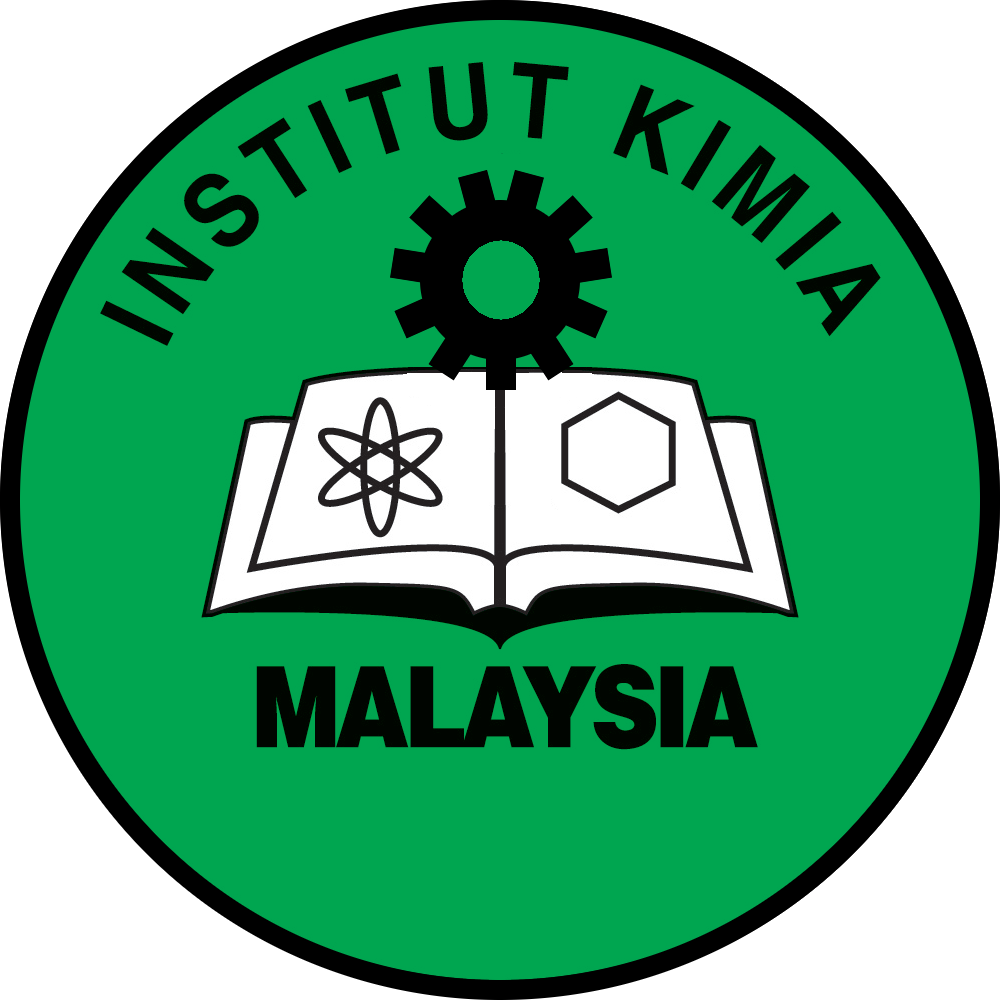Hybridization of Chemically Treated Hemp and Pineapple Leaf Fibers in Thermoplastic Composites: Mechanical Performance and Moisture Resistance
DOI: https://doi.org/10.55373/mjchem.v27i3.408
Keywords: Hemp fibers; flexural strength; tensile strength; chemical treatment; mechanical properties; SEM
Abstract
Researchers are showing a lot of interest in the possibility of using natural fibers as reinforcing agent in thermoplastic matrix to make cheap, lightweight composites. Despite the many benefits these fibers offer over synthetics, mechanical properties of composites include low wettability, excessive moisture absorption, and inadequate matrix-fiber adhesion are drawbacks. This experimental effort uses a hand lay-up process and chemical treatment on fibers to produce composites that blend two plant fibers originating from leaves, therefore avoiding these difficulties. The composites were exposed to an array of experimental trials. Hemp and pineapple leaf fiber (PALF) and Sodium hydroxide (NaOH) treatment together enhanced the composite's mechanical properties. Composites' compressive strengths are significantly greater than those of individual fibers, although their flexural values are marginally lower. Hydrophilicity is a common property of composites, and the results demonstrated that affinities for moisture content declined with age due to the effective chemical treatment on the fiber surfaces. The experimental data shows that the characteristics of the composites are significantly affected by the hybridization of hemp and PALF along with Sodium hydroxide (NaOH) treatment. The results of the investigation using scanning electron microscopy (SEM) of cracked image have been thoroughly reviewed.
